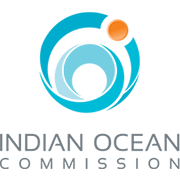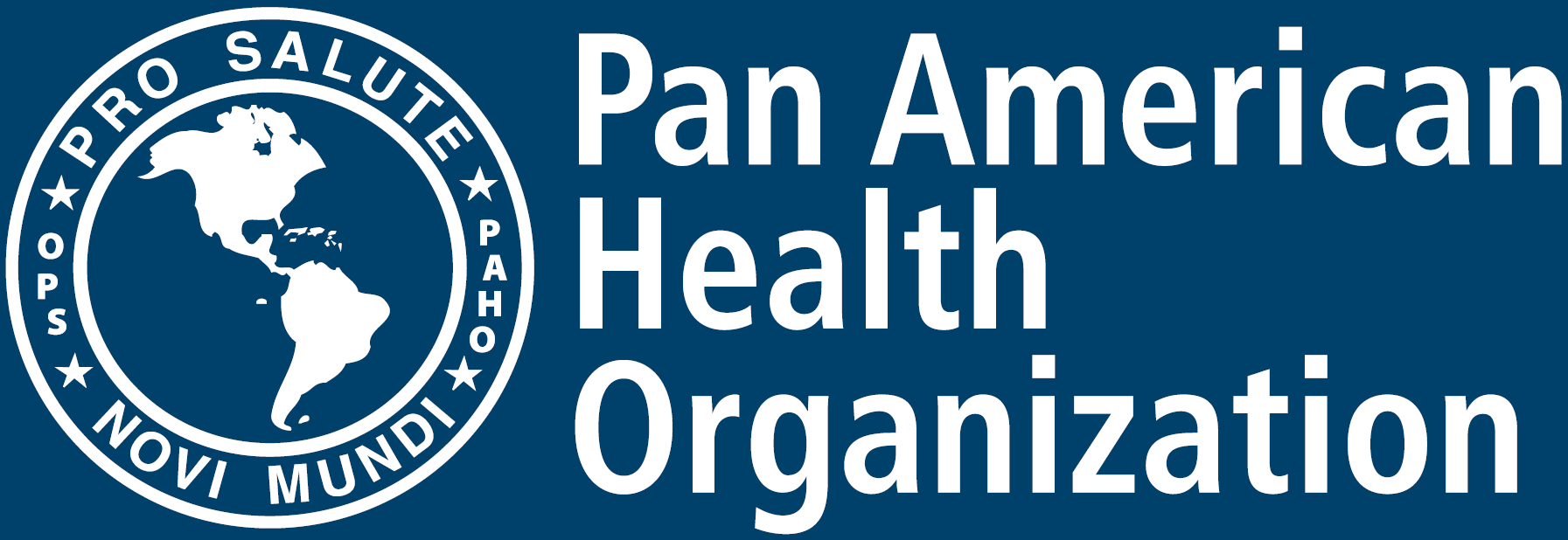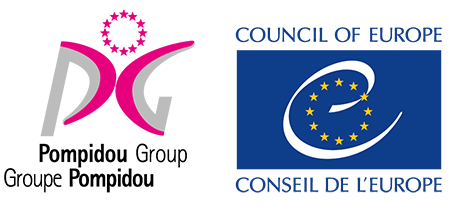The strengthening of the South African Community Epidemiology Network and Drug Use (SACENDU) surveillance system, which includes Service Quality Measures (SQM). The SACENDU surveillance system enables the continued identification of changes in the nature and extent of AOD (alcohol and drug use) use, including the emergence of new drug threats which include synthetic drugs. The SQM project which falls under the SACENDU umbrella is a performance measurement system which is aimed at improving the quality of South African substance misuse treatment services through the routine use of service quality measures (SQMs).
The SACENDU project webpage is hosted by the South African Medical Research Council website (https://www.samrc.ac.za) and includes a background of the project including access to the following outputs:
- Full reports
- Briefs
- Updates
- Presentations (including treatment demand data, and alcohol and substance use related research presentations)
- HPCSA accredited Research translation and knowledge sharing workshop presentations (videos)
- Important dates and contact information.
- The latest SQM presentation: https://www.samrc.ac.za/intramural-research-units/MASTRU-sacendu
Treatment demand data
The South African Community Epidemiology Network on Drug Use (SACENDU) was established in 1996, and is a network of researchers, practitioners and policy makers from various sentinel areas in South Africa. Up until June 2006, these sites comprised of Western Cape, KwaZulu Natal, Eastern Cape, Gauteng Province and Mpumalanga Province (MP). Since then, has expanded to include Limpopo, Free State, North-West, and Northern Cape thus covering all 9 provinces in South Africa.
The objectives of the project include the following:
- To identify changes in the nature and extent of AOD abuse and emerging problems.
- To identify changes in alcohol and other drug-related negative consequences.
- To inform policy, planning and advocacy efforts at local and other levels.
- To support networks of local role players in the substance abuse area.
- To stimulate research in new or under-researched areas that is likely to provide useful data to inform policy/planning decisions.
- To facilitate South Africa’s full participation in international fora focusing on the epidemiological surveillance of drug abuse.
The SACENDU surveillance tool currently collects data in the following relevant arms that are applicable to this proposal:
- Specialist treatment demand data from approximately 110 substance use treatment centres across 9 provinces, through a data collection form available online or hardcopy; collected, captured, and analysed bi-annually and presented at a bi-annual Symposium (April and October). During the annual period of 2022, data were collected for 22095 service users.
- Treatment Service Quality Measures (SQM) (as detailed below)
- Research translation and knowledge sharing provides leadership and direction by providing one online workshop per annum as identified through a needs assessment done at a Symposium in April 2022. This opportunity allows for research and other findings to be translated into practice, policy and further research. These HPCSA accredited, and attendees gain CPD points through their attendance.
Across the South African provinces, SACENDU collects data on alcohol, licit and illicit substances as well as synthetic substances. The most common synthetic substances reported in SACENDU in 2022 include methcathinone (ranging from 1% (Western Cape) to 10% (KwaZulu Natal) although this is potentially underreported. There is poor reporting on other synthetic drugs, but this is most likely due to lack of understanding on screening for these substances. Based on anecdotal evidence received through Symposium discussions or SACENDU quality assurance and monitoring activities at treatment centres, we know that there are people using these substances however are not entering treatment or are not being screened accurately for these substances.
There is a gap to strengthen the understanding of synthetic substances in South Africa by improving the data collection practices for service users reporting either primary or secondary use of synthetic substances, and to use SACENDU’s current training opportunities (both formal and informal) to provide training to treatment centre staff to strengthen their knowledge, screening and understanding of synthetic substances. With the SACENDU surveillance system will be able to accurately collect epidemiological data about the prevalence, its aetiology and consequences of substance use including synthetic drugs.
The Service Quality Measures (SQM Initiative)
The development of the Service Quality Measures initiative commenced in 2008 and the aim was to develop a performance measurement system tailored for South African substance misuse services. This performance measurement system was developed in response to the high prevalence of substance use disorders in South Africa and the concerns that have been raised about the quality of available treatment services. The outcomes of the performance measurement system like the SQM, is to routinely monitor the quality of services which may provide evidence of how substance misuse treatment can be strengthened and the outcomes of quality of care can be improved.
The overall goal of the SQM is to improve the quality of South African substance misuse treatment services through the routine use of service quality measures (SQMs). More specifically the aims are to:
- To develop a system of SQMs for South Africa’s substance misuse treatment system
- To use these SQMs to assess the performance of treatment services in key domains
- To use findings to guide policy, planning and service improvement initiatives.
The system uses three forms to generate information on a core set of indicators of treatment quality. The South African Treatment Services Assessment (SAATSA) is a patient survey that collects data on patient-reported outcomes of treatment (relating to reduced substance use, improved social cohesion, improved quality of life, and reduced sexual risk behavior). It also collects data on the process of care, specifically perceived access to treatment and perceived quality of treatment. The SAATSA is a tool that was developed by a panel of experts in the substance misuse field and has been psychometrically validated as well as pilot tested.
The implementation of this system is supported through extensive training of service providers as well as a service provider toolkit that reviews the process of implementation and contains information on how to complete each of the forms.
The SACENDU team comprises of a principal investigator, two project managers, a treatment data specialist, project coordinator and an administrator. SACENDU’s training unit consists of three of the project staff. Throughout the year, monitoring and evaluation is conducted on the treatment centres and training is conducted throughout the year based on treatment centre’s needs. Over the last year we have introduced the SQM project into two additional provinces and continue to monitor completion of data across the country and expand the sites and new facilities. Currently piloting a new online platform which will be ready for implementation in January 2024.
SACENDU has an online needs assessment that is distributed annually to accommodate changes to any aspect of a specific treatment centre and this data is collated per province. The purpose of the needs analysis is to build a profile of the treatment centres, to measure their staff capacity, resources (including technological resources), and details about the interventions and programmes being offered. The needs assessment will be used to determine training needs on the surveillance component and SQM component of SACENDU.
- Estimate training of participants +- 130 centres/sites (making use of the Department of Social Development resource directory, in addition to the current SACENDU database). Training across these facilities will lean towards approximately 1140 staff (social workers, psychologists, registered counsellors, nurses, auxiliary social workers and nurses, managers, administrators). Treatment centre staff have access to SACENDU project staff via email, telephone for any assistance required on the project; staff travel to all sites based on the need for training required by treatment centres.
- In addition, the Research translation and knowledge sharing platform has provided the last two workshops (see figure below) 2022: (attended by 360 individuals).
- The 2024 Research translation and knowledge sharing workshop will provide an opportunity to host a workshop with South African experts on the following aspects of Synthetic substances: 1) an overview on synthetic substances 2) Synthetic substances: Screening of patients 3) Synthetic substances: patient management.
- The 2024 Research translation and knowledge sharing workshop will provide an opportunity to bring together a panel of experts on synthetic substances to create content for the training workshop focusing on education and the patient management of individuals accessing treatment for the primary of secondary use of synthetic substances.
- Prior to this, a preliminary assessment that considers current knowledge on synthetic drugs will be conducted. Semi structured interviews will take place with a selection of treatment centre staff to determine their current knowledge and understanding of synthetic substances.
This initiative will be of particular value to the African continent as it provides a model for the implementation of treatment service quality measures and surveillance data on synthetic drugs.
In relation to SACENDU data collection: Training will result in better screening and capturing of drugs, like synthetic drugs which is not adequately screened for.
In addition, it will enable treatment centres to measure quality of treatment provided with a standardized validated tool for South Africa
Current State Participation
Partners – Department of Social Development, SANCA, Department of Health, KZN Department of Health, the African Union and UNODC.
Assoc Prof. Nadine Harker (PhD Public Health) Deputy Director and Specialist Scientist Email: nadine [dot] harker [at] mrc [dot] ac [dot] za (nadine[dot]harker[at]mrc[dot]ac[dot]za)




